- Tags:
- 1964 Tokyo Olympics / History / JAPAN Forward / Olympic Games Tokyo 2020 / Olympics / Robert Whiting
Related Article
-
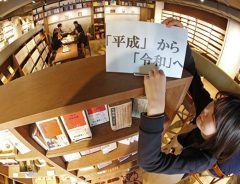
Jimbocho — A Booklovers’ Haven in the Heart of Tokyo
-
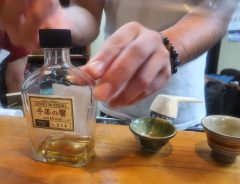
Okinawa’s Awamori: The Spirit That Survived
-
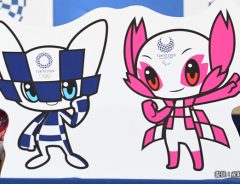
Meet The New Tokyo Olympic Mascots…Who Have Superhero Powers
-

Treaty of San Francisco, cornerstone of U.S. Japan defence pact, turns 70 in September
-
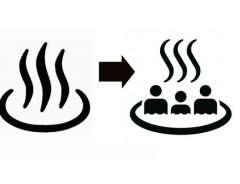
Japan’s Hot Spring Symbol Faces Foreign Friendly Changes To Less Look Like A Hot Pot
-
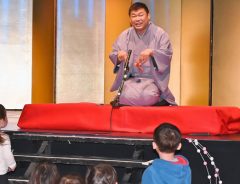
Yanagiya Tozaburo Introduces ‘Rakugo’ to the World
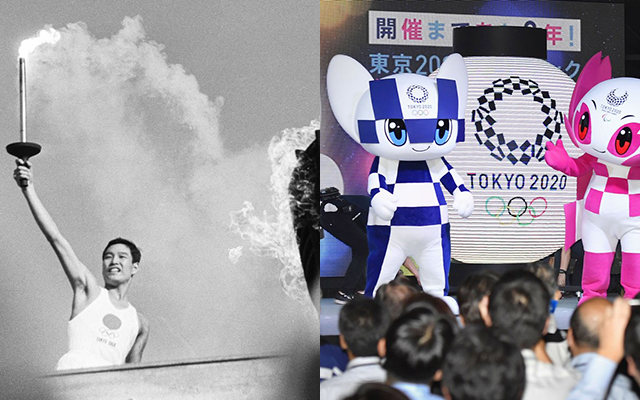


by Robert Whiting, via JAPAN forward
It is something my wife and I look forward to: every morning we walk along the glimmering waterfront at the north end of Tokyo Bay and inspect progress on the newly-opened Toyosu Fish Market in the shadow of the Rainbow Bridge and the 2020 Olympic Village under construction on the opposite side of the water.
There and all over town you can feel the buzz. This city is on a roll. There is no place on earth either of us would rather be, and we have both been in a lot of different places.
In the spring of 2009, we moved to a new high-rise apartment building in the Toyosu area of eastern Tokyo — yet another bustling new quarter of commerce and leisure in the ever-expanding metropolis built on reclaimed land. The change here is remarkable.
Once a bustling shipyard site, the area had fallen into disrepair. Then it was rebuilt with towering new office buildings and condominiums, and a massive waterfront shopping mall called Urban Dock LaLaport.
© JAPAN Forward
An anti-pollution drive begun in the 1980s had cleaned up Tokyo’s waterways (as well as its air) enough so you could actually fish off the docks in Toyosu and in the connecting canals (although there were signs warning people not to swim in the bay because of high E. Coli levels). By the end of the 20th century, the Yurikamome overhead train line traversed the Tokyo waterfront area from Toyosu all the way to Shimbashi, while the Tokyo Waterbus line and assorted floating restaurants ferried people around the bay.
I remember the first time I visited the site back in the early 1960s as a gangly, wide-eyed post-adolescent still plagued with acne. Back then the area was full of heavy industry sites — the Ishikawajima-Harima shipyards and the problematic Tokyo Gas facility among them. It was also populated with an abundance of low-income residents, many of them ethnic Koreans who were employed at the aforementioned factories.
Now it looks like Century City in Los Angeles, multiplied by 10.
Toyosu is just the latest burgeoning quarter of Tokyo, the largest city in the world, with 38 million inhabitants in the Greater Metropolitan Area — 13 million of them in the city proper.
Tokyo is also the richest city in the world, with a GDP of USD1.5 trillion, ahead of New York City, Los Angeles, Seoul, London, and Paris. There are more Fortune 500 global headquarters in Tokyo than anywhere else in the world, except in Shanghai (#10 on the list of richest cities).
This city is something else.
‘Best Olympics in History’
© JAPAN Forward
© JAPAN Forward
The first Tokyo Olympic Games were held in 1964, dramatically transforming the city from a third world backwater to a hi-tech megalopolis and, in the process, holding what LIFE Magazine called the “Best Olympics in History.”
And as one who was there for the first Tokyo Olympics in ’64 and witnessed the astonishing transmogrification of the city it had triggered, I have more than a little interest in the outcome of this next one.
© JAPAN Forward
Preparations are moving forward for 2020 (...)
Written by Japan ForwardThe continuation of this article can be read on the "Japan Forward" site.
Tokyo 1964 and 2020: How the Olympics Have Transformed the City